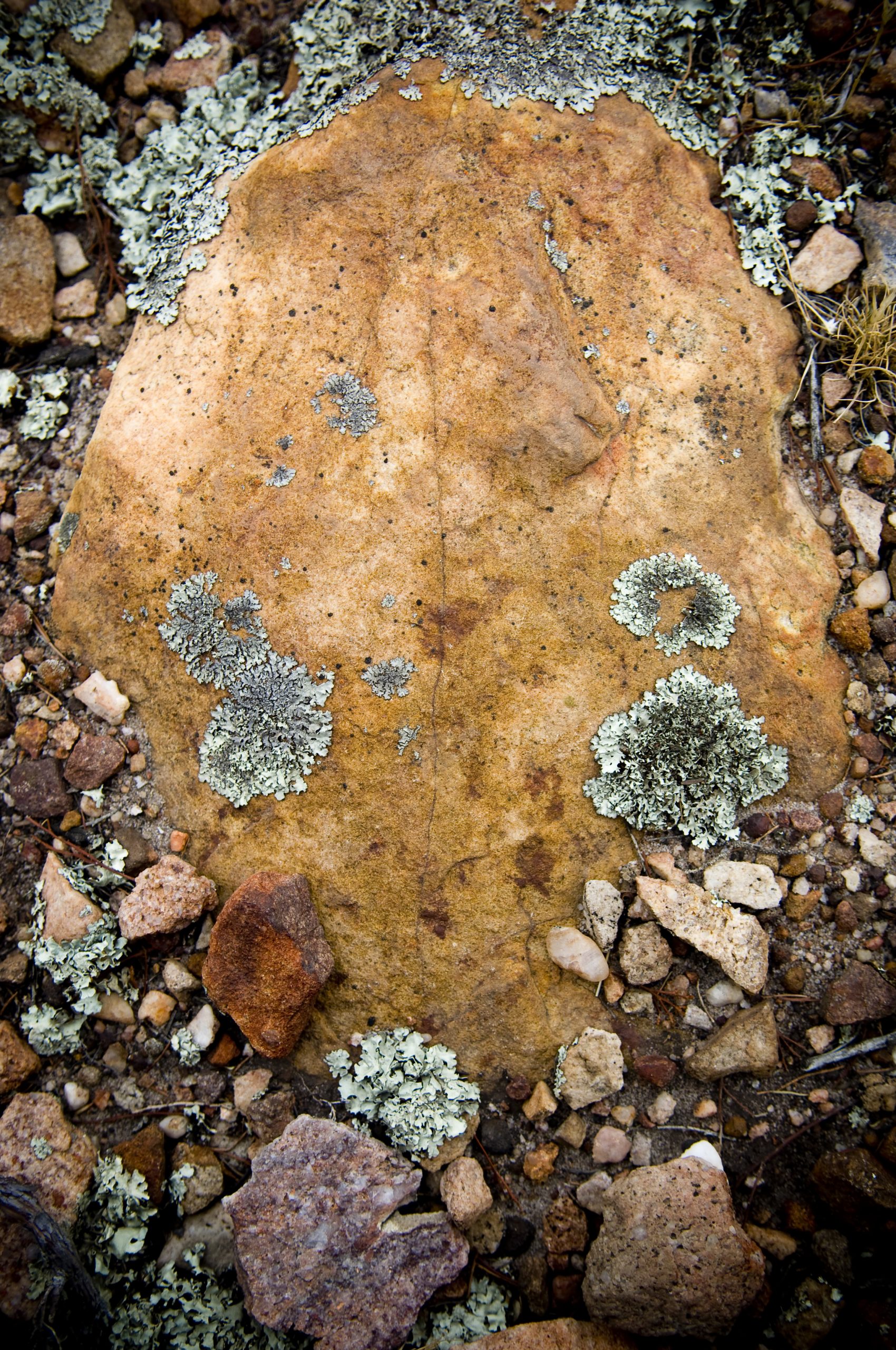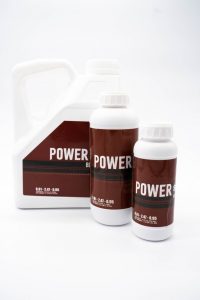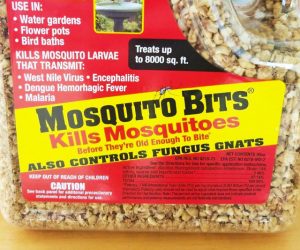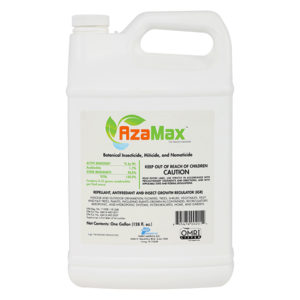Silica For Plants
Silica plays a very important role in almost everything.
Silica, often renowned for its rigid properties, is additionally a crucial component of the plants, a jack of all trades within the horticulture hemisphere.
What is Silica?
Silica is that the common term for the compound silicon oxide. It’s formed when silicon comes into contact with oxygen.
Silica may be abundant in many soils and is a significant component of plants, sometimes in even higher concentrations than nitrogen and potassium – two out of the three primary macronutrients.
Although vital to plant health, silica isn’t classified together as the essential nutrients for plants generally, which might lead some growers to believe it’s unnecessary to feature in a traditional feeding regimen.
What Benefits Does Silica Provide for Plants?
The list of advantages that silica provides to plant health is lengthy. Any grower serious about growing vigorous beastly plants should consider adding silica to their regular fertilization schedule. a number of the foremost essential benefits are:
Stronger cell walls.
Silica is compared to the likes of a liquid bamboo, virtually fortifying cells from the within out. Cells are the building blocks of the plant’s framework. Strengthening the cell walls helps the plant build strong, hearty branches and stems that are reinforced enough to support the burden of the fruit that the plant will eventually produce.

Stronger cells mean bigger stems.
Thicker cell walls resulting from silica use create bigger stalks and stems, which will uptake and transport more water, nutrients, and plant secretions throughout the plant body, facilitating faster growth rates and larger plants.
Stronger cells mean bigger stems.
Thicker cell walls resulting from silica use create bigger stalks and stems, which will uptake and transport more water, nutrients, and plant secretions throughout the plant body, facilitating faster growth rates and larger plants.
Increased resistance to environmental stress.
Since plants lack the system that animals depend upon to remain healthy, silica helps perform many identical functions. It might be thought of as a brilliant vitamin and immune support for plants. It contributes to areas such as:
Climate: The addition of silica helps plants withstand extreme temperatures, whether hot or cold. this can be especially helpful for outdoor growers that have hot midday peaks or low temperatures at midnight.
Drought: Silica forms a protective coating on an intracellular level that decreases water loss through transpiration, making plants less likely to suffer dramatically during drought conditions. It also enables them to continue functioning during high-temperature or low-moisture conditions and reduces the number of shocks they experience in such extreme cases.
Increased resistance to pathogens.
When a plant is fed soluble silica, the plant accumulates the silica around the infected site, forming selectively fortified areas that will avoid fungal infections like rust, pythium, and mildew.
As a resistance measure, the plant uses the silica to make up a further mineral barrier, essentially lining the cells, making it more challenging for diseases and plant pathogens to create their way inside the plant.
Increased resistance to pests.
Silica accumulates within the skin cell walls of leaves, making it harder for biting and sucking bugs to wreck the plant. Deposits of acid within the cells act as an extra barrier to sap-sucking insects. Foliar feeding is the best, thanks to making sure the silica gets directly absorbed into the leaves, where it will be immediately accustomed to combat pests.
Increased resistance to pathogens.
When a plant is fed soluble silica, the plant accumulates the silica around the infected site, forming selectively fortified areas that will avoid fungal infections like rust, pythium, and mildew.
As a resistance measure, the plant uses the silica to make up a further mineral barrier, essentially lining the cells, making it more challenging for diseases and plant pathogens to create their way inside the plant.
Increased resistance to pests.
Silica accumulates within the skin cell walls of leaves, making it harder for biting and sucking bugs to wreck the plant. Deposits of acid within the cells act as an extra barrier to sap-sucking insects. Foliar feeding is the best, thanks to making sure the silica gets directly absorbed into the leaves, where it will be immediately accustomed to combat pests.
Enhanced metabolic functions.
Plants grown with the employment of soluble silica are shown to own higher concentrations of chlorophyll in their leaf tissue compared to plants grown without it. It also enables them to create more efficient use of greenhouse gas (CO2), leading to lush, healthy green foliage with excellent leaf structure and a reduced amount of leaf wilt.

When Should Silica be employed in the Garden?
Studies show that silica should be used throughout the entire life-cycle of the plant, from the seedling or clone stage up until harvest. To provide optimal results, silica must be continually made available to the plant via the nutrient solution.
Once a plant has absorbed the available silica into its cellular structure, it can now not be redistributed to other parts of the plant.
Plants grown in soil are more likely to uptake trace amounts of silica present within the soil. In contrast, plants grown hydroponically haven’t any direct source of silica unless it’s added as a supplement to the nutrient regimen.
Plants grown hydroponically without silica will possibly be sub-par compared to those produced with it.
Cuttings and seedlings that are fed silica tend to indicate less shock during root formation and transplanting. Introducing silica early within the plant’s life is additionally said to scale back the possibilities of leaf curl.
Cut flowers also like silica, because it has been known to increase the flower time period. have you ever added a powder sachet into the vase of water after buying a bouquet of flowers? That’s a nutrient mixture combined with silica!
How Should Silica be Applied to Plants?
It’s an honest idea to follow the dosage rates of the actual product getting used, but as a simple rule of thumb, when plants are very young, introduce silica at about 20 to 30% of the overall feeding rate and gradually increase the application because the plants grow in size and enter the bloom phase.
Most silica products on the market are applied as a root feed or as a foliar spray. Plants can absorb rather more through foliar feeding than simply absorption through the basis zone.
Silica is additionally known to stop mildew when used as a foliar spray. If using silica as both a foliar and a root feed, watch out not to overdose the plants. Follow the feeding schedule in line with the brand carefully before mixing the answer.
Silica is alkaline naturally and so will naturally raise the pH level of your nutrient solution. It should be added after the opposite nutrients are thoroughly mixed into the water.
It is a decent idea to dilute the silica in about one gallon of water before adding it to the reservoir to avoid nutrient lockout when it comes into direct contact with other elements within the solution.
In many cases, silica may raise the pH level of the answer enough that the extra use of pH-up products won’t be necessary.
What kinds of Silica are the simplest for the Garden?
Since there are such a large amount of brands of silica within the horticulture industry, it should be tough to come to a decision on which one to use. It’s wise to choose one with a high concentration of oxide so that a bit goes lots further.
Some brands boast fancy labels and high-sticker prices, then again only provide products that contain 3% or less concentration of silica. Hunt for brands that have a minimum of 7 to eight silica.
Liquid silica that’s clear is going to be more soluble within the reservoir than those types that have a milky, chalky consistency. Remember to decide on products that are freed from dyes or colorants.
In the world of hydroponics and gardening generally, the sheer amount of products on the market are often daunting. There are many secret recipes, mysterious formulas, cryptic ingredients, and vague labeling to influence.
Once in a very, while it’s nice to fall back on a basic product that’s easy to know, is even easier to use, and produces excellent results.
We only recommend two silicas in the market that have proven to be valuable to any grow and that is Power SI and Xtreme Silica. You can find our review of the Power SI Bloom Review and Test by clicking on the link.
When one product incorporates a seemingly endless list of positive attributes, it’s a no-brainer that it should be put to use by growers that are serious about producing results. For robust crops and impressively healthy harvests, try silica as a brilliant supplement in your next grow!




